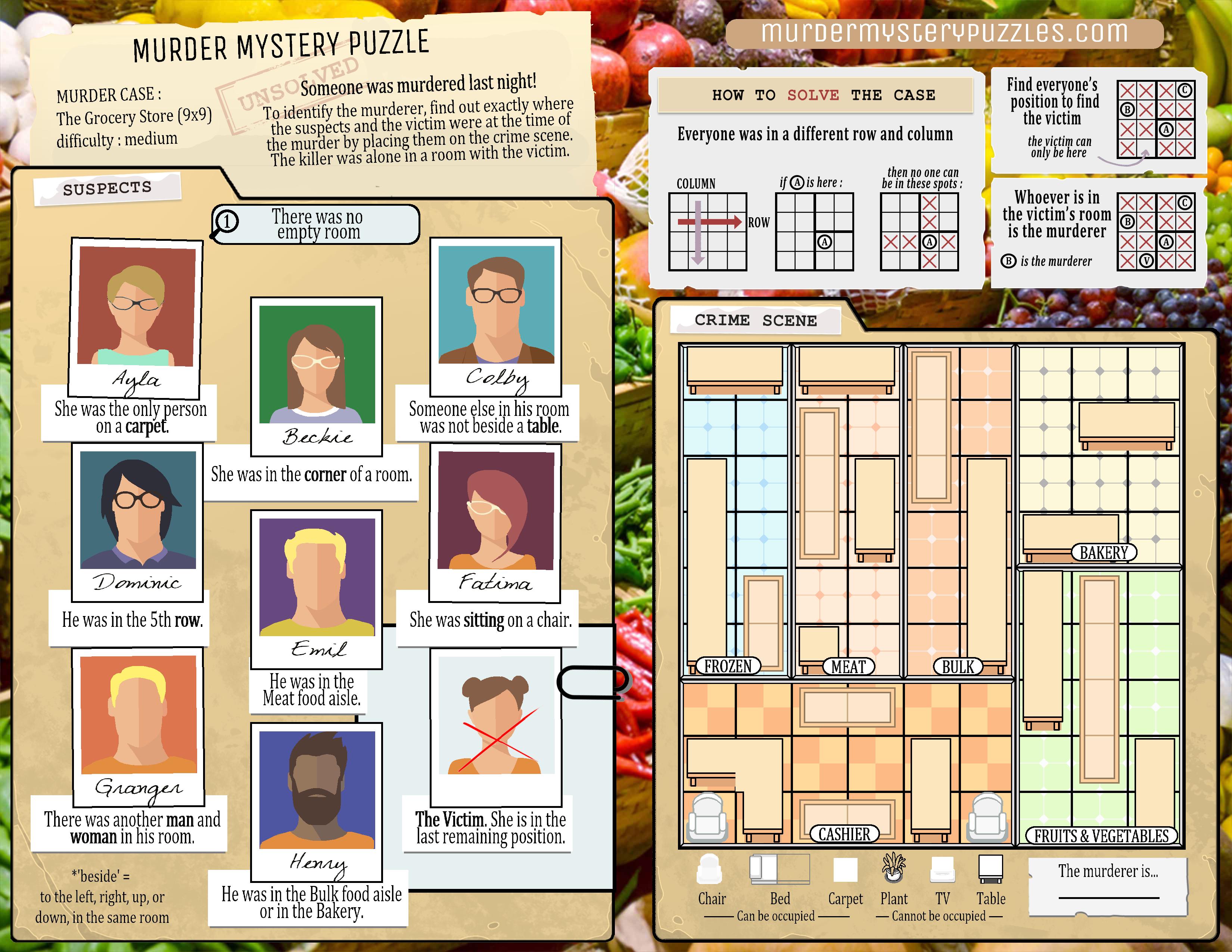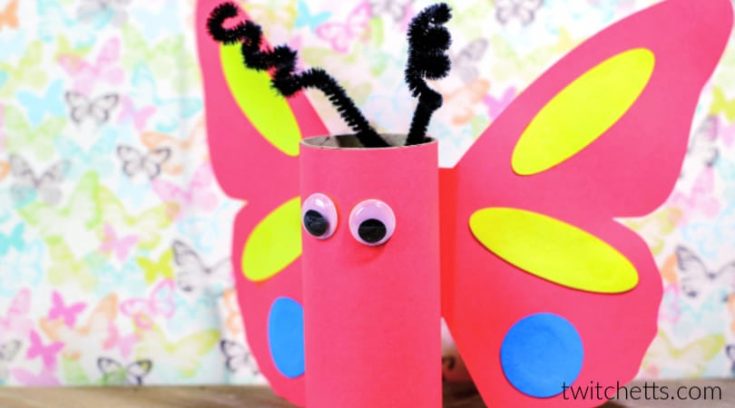
A great way to make unique scarf designs is to use linen knit stitch patterns. This stitch can be used on scarves as well as jackets, sweaters, and placemats. This knitting pattern is easy and simple.
Linen stitch can be described as a round knitting pattern that produces a woven like fabric. It is perfect for homewares because it can work with heavier yarns. It's a firm, smooth fabric that looks great with bold colors.
The lines that form during the carrying of the yarn while making slip stitch are what give linen stitch its name. This stitch can be used to make flat items like washcloths or placemats. This stitch can be used with self-striping yarns to make a woven texture. It is quite simple to knit, but it takes some practice.

Linen stitch works best when used with cotton yarns or linen yarns. Lightweight cashmere yarns are also good choices for this stitch. This stitch can also be used to make many things. It can be used as a scarf, a wrap, a sock or sweater. You can also make a cowl with this stitch pattern.
Linen stitch is a combination of a knit pattern and a slip stitch pattern. It is knit in a repeated two-row pattern. The knit stitches can be worked in an even number and the slip stitches are purls. Each row is worked with a different color yarn. This creates a checkerboard pattern. It is possible to use multiple colors in your line stitch pattern. It is a great way for you to break up a variegated colourway.
Linen stitch can also be made with any thickness of knitting needle. Lining stitch does not curl like sockinette stitches. You can reversify linen stitch, but it looks best if you use a heavier weight yarn. Because it is easy to use with any yarn, it's a great pattern for beginners.
This is the best way to work linen stitches in the circle. This is the most straightforward way to work this thread. The two-row repeat pattern for linen stitch knitting can be used to make any thickness of knitting needle. It is durable and sturdy and makes great homeware and washcloths. You can use any yarn you want, but it's especially good with cotton or linen yarns. It's also good for colorwork.

Different patterns can be used for linen stitch knitting. Some patterns have this stitch taught in two colors, others in one. Carry the unused color up the back if you work in multiple colors. This stitch pattern can also be used to make a sock that you can reversibly, or a scarf. It can also be used to make a simple knit belt.
FAQ
Is it possible that you can make a lot of money from your hobby?
Not necessarily.
But if your passion is to start a business, you might be able to make a lot of money.
Let's assume you like cooking. You love healthy food and decided to open a restaurant.
You only offer organic meals from scratch. Customers pay a small charge to cover the cost of ingredients and labor.
You grow your clientele and eventually you hire employees who can work with you.
You will eventually be able to expand your menu with vegan options and gluten-free choices, as well as desserts.
In this situation, you have a successful business which has allowed you the freedom to lead the lifestyle that you want.
However, you don't have to quit your day job.
You could, instead, run your restaurant while also maintaining your regular 9-5 work schedule.
What are your educational hobbies?
An educational hobby is an activity where you learn something by doing it. You could choose to learn how to play an instrument or play sports.
It should be enjoyable and fun for you. You don't necessarily have to do this all the time. But if it becomes boring, then think about what you could be doing.
You also want to ensure you're not spending too much on these activities because they can end up costing you more than they're worth.
What are the competitive hobbies?
Swimming, running, cycling, golfing and tennis are some of the competitive sports.
They are usually enjoyed by people who enjoy being active, but also allow for social interaction.
You will probably find people around you who have the same hobby as you, if you are into physical activity.
This could include joining a club/group that allows you to play sports together regularly.
Participating in group games, which involve playing alongside others, is another option.
These include: football (soccer), soccer, cricket, netball.
There are many types of competition.
Some competitions can be used for only recreational purposes.
Others are used to assess competitors' abilities.
And still, others are designed to reward outstanding performance.
These cases award prizes to the winners.
Other competitions aim to assess the strength and endurance of competitors.
These are endurance events.
For example, marathon races, triathlons, Ironman Triathlon, etc.
Athletes train hard before they compete in these events.
To prepare their bodies and minds, they will have to adhere to a strict training plan.
They might need to travel some distance during preparation.
It's important not to forget that not all athletes are able to compete in every type event.
What are the chances of making money with my hobby?
You can make extra money by taking up hobbies.
If you're passionate enough about your hobby, you may decide to sell items related to it.
A website might be a good idea if your hobby is collecting stamps.
You can also make extra income by selling and buying stamps.
Another option is to start a YouTube channel in which you discuss your hobby.
This allows you share your passion and generate revenue by creating premium content.
What are some good hobbies?
You can find the best hobbies that you love doing for yourself. It will be easier to continue doing what you love if you are passionate about your work. You'll also have an excuse when you're not feeling well or tired!
Our hobbies include painting, crafts, photography and cooking.
You might also consider volunteering at a local charity shop or animal shelter, children’s hospital, hospice, elderly home, school, community centre, church, and other places.
Let's say you are looking for something more exciting. Try scuba diving, rock climbing or parasailing.
If you want to go further afield, there are plenty of unique ways to spend time in nature. You can go cliff diving, cave tubing or snowshoe hiking, snowshoeing or snowkiting.
Statistics
- Much of this decline reflects the fact that teens are less likely to work today than in the past; among employed teens, the amount of time spent working is not much different now than it was around 2005. (pewresearch.org)
- This 100% accurate personality-analyzing hobby quiz discovers your passion based on your characteristics. (quizexpo.com)
- 37% Video Games 36% Travel 36% Health and Fitness (quizexpo.com)
- In comparison, men in the “no humor” condition were refused 84.6% of the time and were only accepted 15.4% of the time. (time.com)
- The intensity of the dialogue partners' bond at the end of the forty-five-minute vulnerability interaction was rated as closer than the closest relationship in the lives of 30 percent of similar students. (time.com)
External Links
How To
How to learn a musical instrument
There are many different ways to learn how music is played. You could go to a school or buy a book. You could also take lessons from an experienced musician, watch videos online, and so on. These are just a few tips and tricks to help you get started if you're determined to make your own path.
-
Find something that interests and you. Try another instrument if you don't love any of the ones you see. It is difficult to enjoy an instrument if it is not something you are interested in.
-
Be patient. Learning something new takes time. Do not expect to be able to master every aspect of the subject immediately. Instead, you should continue practicing every day.
-
Make sure you practice regularly. Even if you feel tired, keep practicing. This will ensure that your memory doesn't fade.
-
Choose a good place to practice. You want to be in a place where you are not disturbed by others. Also, make sure that there aren't too many distractions. You should avoid loud music being played near you.
-
Have fun. Music should be enjoyed. You should have fun practicing music. It will make you more motivated to keep going.
-
Set goals. If you set goals, then you will know exactly how you want to get there. Failure is not an option.
-
Keep track your progress. List all of your successes as well as your failures. This will help you to improve your performance over time.
-
Take breaks. Sometimes, you will just need to stop for a while. It is a good idea to take breaks so you can think about everything.
-
Ask questions. Ask other people if you have any doubts or confusion regarding certain aspects of the instrument. They may be able help you.
-
Learn by listening. Many musicians learn by listening to the songs they love and then imitate them. This helps musicians understand the fundamental concepts of the song.
-
Read books. Read books to learn more than just watching videos or learning from classes. Books can also provide information that is not available elsewhere.
-
Join a group. Playing with others will force you to practice more. You will also meet others with similar interests to yours.
-
Learn from tutorials. Tutorials are short videos which explain many topics in great detail. These videos usually focus on one specific aspect of the instrument. Tutorials can help you understand complex parts of your instrument.
-
Different methods are possible. Some people learn best by reading, while others prefer lectures. Experiment until you find what works best for you.
-
Practice makes perfect. It is not possible to become an expert overnight. Instead, you must put in lots of effort before becoming skilled enough to perform well.
-
Play along with other musicians. Listening to other people play their favorite songs can help you learn faster.